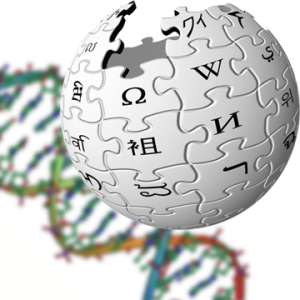11.13.15
Latest release of the exRNA Atlas
The Extracellular RNA Communication (ERC) Consortium Data Management and Resource Repository (DMRR) has released the latest version of the exRNA Atlas (BETA). This release contains preliminary data generated by the consortium and analyzed using the exceRpt small RNA-seq pipeline.
Key features of this release include:
- Searches
- Faceted search of exRNA profiles across biofluids, diseases or exRNA isolation method.
- Drill-down subsetting of analyzed biosamples using interactive sunburst and linear tree diagrams.
- Biosample partition grids with tabular views of biosamples collected and profiled for exRNAs from a biofluid/disease/experiment combination.
- Summaries
- Grid view of all studies submitted to the Data Coordination Center (DCC).
- Barchart summaries of exRNA profiling datasets.
- Tool usage summary grid displaying usage of exRNA profiling data analysis tools by ERC consortium members as well as other members of the scientific community.
Currently, the search and summary views in the Atlas can be accessed only by ERC Consortium members. If you are unable to login, please contact the Data Coordination Center for assistance.
A public version of the exRNA Atlas will be released next month.
Links
Watch a video tutorial highlighting all features in the current release of the exRNA Atlas.


